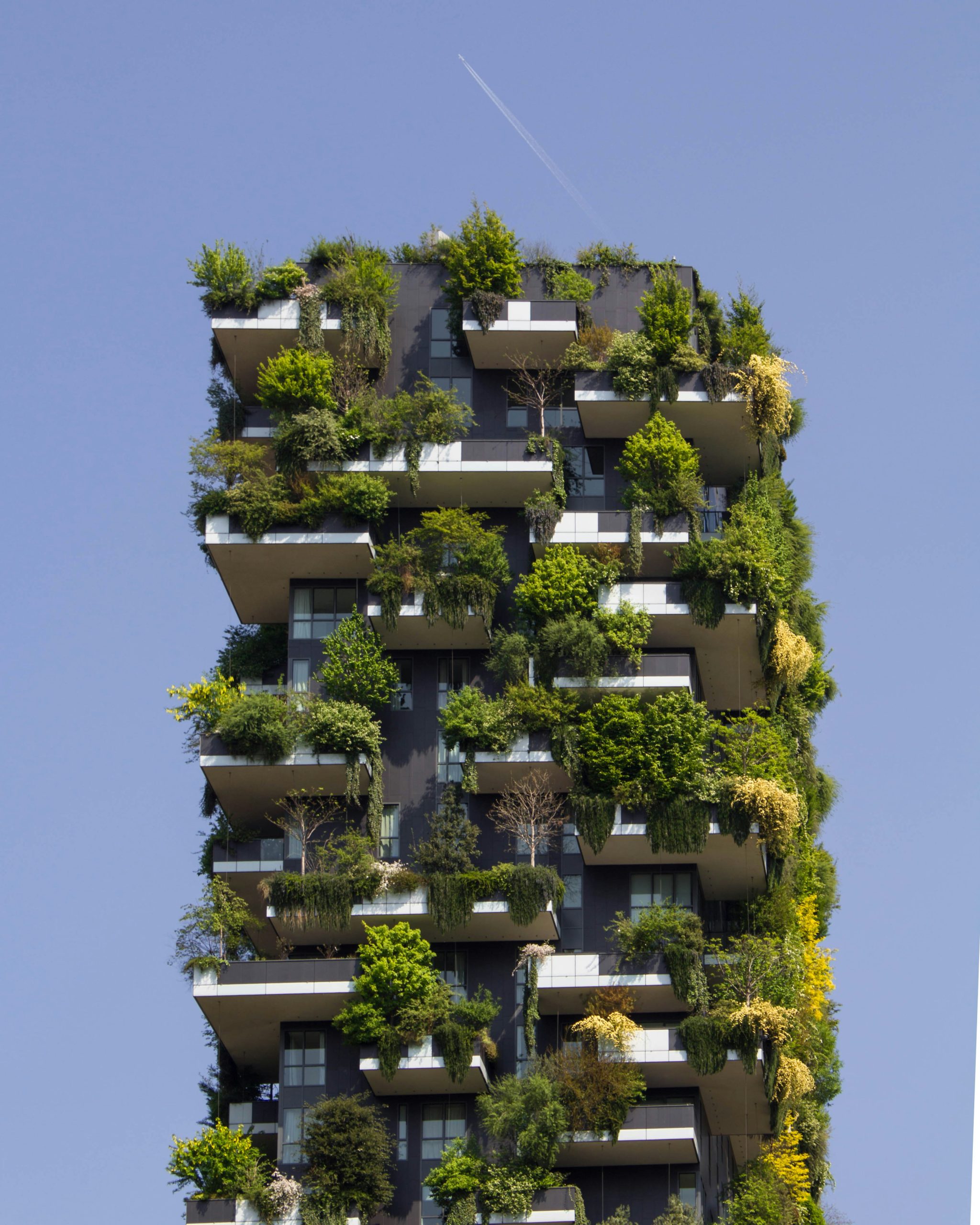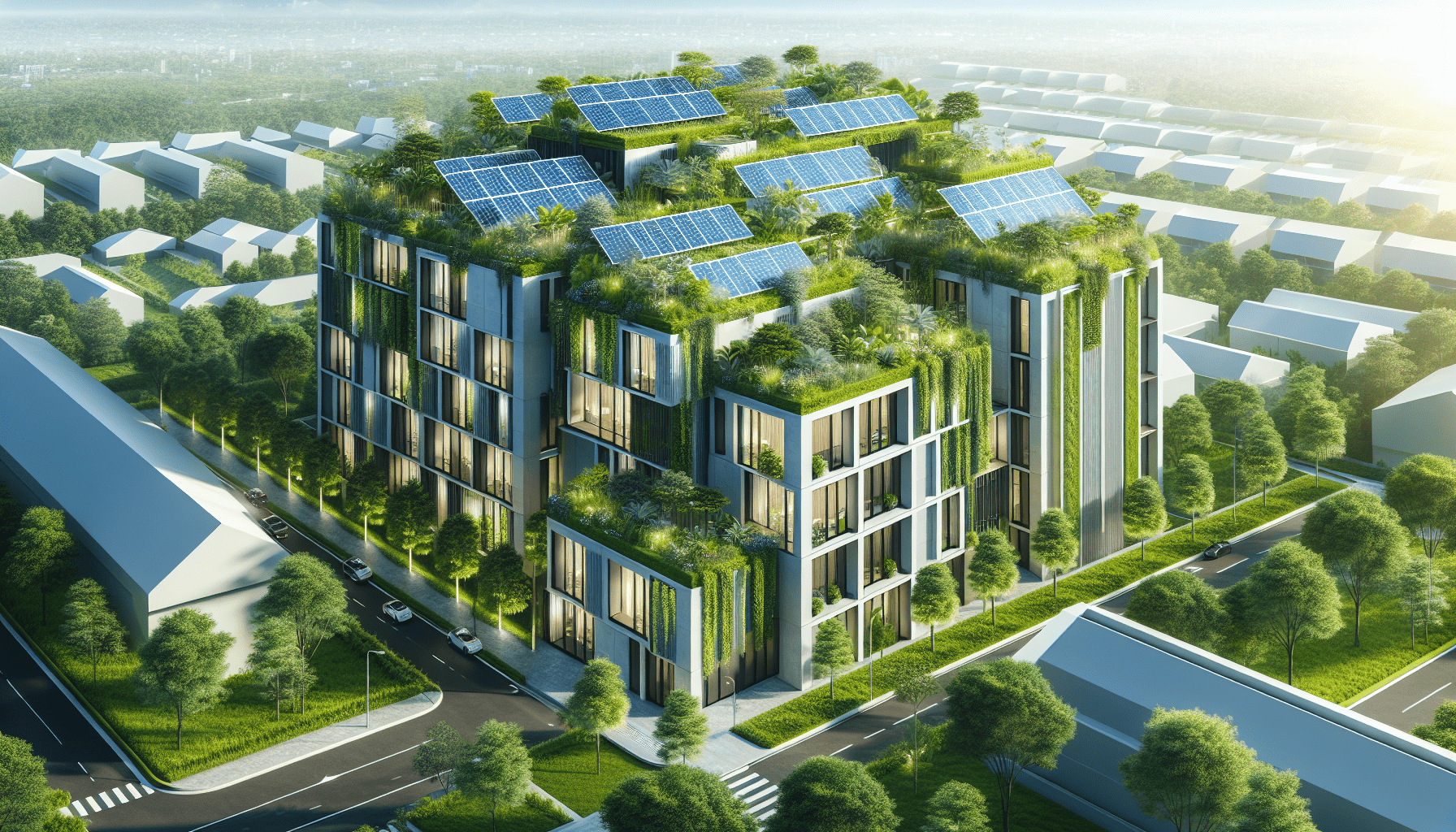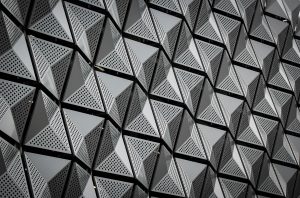How do green buildings impact health and well-being? It’s a question worth pondering as we find ourselves increasingly aware of how our surroundings affect our lives. As we spend more time indoors, it’s essential to recognize that our environments play a significant role in our overall health. In this article, we’ll explore how green buildings contribute to our well-being by enhancing mental and physical health through sustainable design strategies.

What Are Green Buildings?
Green buildings are designed and constructed with a focus on environmental sustainability and resource efficiency throughout a building’s life-cycle. This approach takes into account several aspects, including site selection, design, construction, operation, maintenance, renovation, and demolition. The goal is to create buildings that are environmentally responsible and resource-efficient while improving the quality of life for occupants.
Key Features of Green Buildings
- Energy Efficiency: Utilizes renewable energy sources and minimizes energy consumption.
- Water Efficiency: Implement systems to limit water usage and promote water recycling.
- Indoor Environmental Quality: Enhances indoor air quality through ventilation, non-toxic materials, and natural lighting.
- Sustainable Building Materials: Use of recycled, reclaimed, or responsibly sourced materials.
- Site Sustainability: Incorporation of sustainable practices like green roofs, native landscaping, and erosion control.
Benefits of Green Buildings
Green buildings offer a multitude of benefits that go beyond environmental sustainability. They are designed to improve the health, comfort, and well-being of occupants while reducing the environmental impact of construction and operation.
The Connection Between Green Buildings and Health
A growing body of research highlights the link between green buildings and improved health outcomes. By focusing on sustainable practices, green buildings create healthier environments that impact physical, mental, and social well-being. Let’s break down how these buildings contribute to our health:
Improved Air Quality
One of the primary ways green buildings impact health is by improving indoor air quality. Poor indoor air quality can lead to respiratory issues, allergies, and other health problems. Green buildings employ various strategies to ensure clean air, including:
- Ventilation Systems: Enhanced ventilation systems that circulate fresh air and filter out pollutants.
- Non-Toxic Materials: Using low-VOC (volatile organic compounds) paints, adhesives, and furnishings to minimize harmful emissions.
- Air Purification: Integration of air purification systems to reduce indoor pollutants.
Improved air quality can lessen the incidence of respiratory illnesses and enhance overall well-being.
Natural Lighting and Mental Health
Access to natural light in green buildings not only reduces energy consumption but also has a positive effect on mental health. Sunlight exposure is linked to the production of serotonin and vitamin D, both crucial for maintaining a healthy mood. Strategies to maximize natural light include:
- Skylights and Large Windows: Incorporating design elements that allow natural light to penetrate deep into building interiors.
- Reflective Surfaces: Use of reflective materials to amplify the distribution of natural light.
- Daylight Harvesting Systems: Automated systems that adjust artificial lighting based on the presence of natural light.
A well-lit environment can significantly reduce symptoms of depression, anxiety, and fatigue.
Physical Health Benefits
Green buildings promote better physical health through their design and operational features. Let’s explore how:
Active Design Features
Buildings that encourage physical activity contribute to overall fitness and health. Examples of active design in green buildings include:
- Staircases: Prominent and appealing staircases encourage occupants to opt for stairs over elevators.
- Exercise Facilities: On-site gyms and fitness areas make it convenient for occupants to stay active.
- Biking Amenities: Bike storage and shower facilities promote cycling as an alternative to driving.
Thermal Comfort
Maintaining a comfortable indoor temperature is crucial for health, productivity, and overall comfort. Green buildings often use advanced materials and systems to regulate temperature efficiently:
- Insulation: High-performance insulation reduces the need for constant heating or cooling.
- Adaptive Control Systems: Smart thermostats and HVAC systems automatically adjust to maintain optimal temperatures.
- Passive Solar Design: Design elements that harness natural heat and light from the sun.
A comfortable indoor environment reduces the risk of heat stress, hypothermia, and can alleviate chronic conditions like arthritis.
Mental Health and Productivity
Working or living in a healthy environment can greatly affect our mental well-being and productivity. Green buildings often support mental health through:
Biophilic Design
Integrating elements of nature into building design, known as biophilic design, can boost our connection to nature and improve mental health. Features include:
- Indoor Gardens: Incorporating plant life within indoor spaces.
- Natural Materials: Using wood, stone, and other natural materials throughout the building.
- Views of Nature: Large windows providing views of outdoor green spaces.
Biophilic design helps reduce stress, enhance creativity, and improve cognitive function.
Noise Reduction
Reducing noise pollution is another important aspect of green buildings. Excessive noise can lead to stress, sleep disturbances, and reduced productivity. Noise reduction strategies include:
- Soundproofing Materials: Use of acoustic ceiling tiles, carpets, and double-glazed windows.
- Building Layout: Designing spaces to minimize noise intrusion, such as placing quiet zones away from noisy areas.
- Green Roofs and Walls: These can also act as natural sound barriers.
A quieter environment promotes better concentration, relaxation, and overall mental health.

Social Well-Being and Community
Green buildings often foster social interaction and a sense of community, which are essential for overall well-being. Features that promote social well-being include:
Common Areas
Shared spaces encourage social interaction and community building. Examples of common areas in green buildings include:
- Community Gardens: Spaces where occupants can participate in gardening activities.
- Rooftop Terraces: Areas for socializing and relaxation.
- Co-Working Spaces: Shared office environments that promote collaboration and networking.
Inclusive Design
Ensuring that spaces are accessible to everyone is a hallmark of green building design. Inclusive design considerations include:
- Universal Design: Features that accommodate people of all ages and abilities, such as ramps, wide doorways, and accessible restrooms.
- Public Transportation Access: Proximity to public transit to reduce the need for individual car usage.
- Balanced Ecosystem: Creating a balanced ecosystem that blends human-made and natural environments.
An inclusive environment fosters a sense of belonging and supports diverse communities.
Economic Benefits of Green Buildings
While the health benefits are clear, it’s also worth noting that green buildings can offer economic advantages. These incentives can indirectly support health and well-being by alleviating financial stress and promoting better lifestyle choices.
Reduced Operating Costs
Green buildings typically have lower operating costs due to energy and water efficiency. This financial relief can be substantial over the building’s lifespan.
Increased Property Value
Properties built with sustainable practices tend to have higher market value and can be more attractive to potential buyers or tenants who prioritize eco-friendly living spaces.
Enhanced Worker Productivity
Studies show that employees in green buildings report higher levels of satisfaction and productivity, which can translate to better job performance and reduced absenteeism.

Environmental Impact
Reducing our environmental footprint is not only crucial for the planet but also plays a role in human health on a larger scale. Here’s how:
Reduced Pollution
Green buildings create less pollution due to lower energy and water consumption. Reduced pollution leads to cleaner air and water, benefiting society as a whole.
Waste Reduction
By using sustainable materials and incorporating recycling programs, green buildings significantly reduce waste. This waste management reduces the burden on landfills and the environment.
Biodiversity Protection
Utilizing native plants in landscaping and maintaining natural habitats around buildings support local biodiversity, which has positive ripple effects on eco-systems and our quality of life.
Challenges and Considerations
While green buildings have many benefits, there are challenges and considerations to keep in mind:
Initial Cost
The initial construction cost of green buildings can be higher than traditional buildings due to the use of advanced materials and technologies. However, the long-term savings often offset the initial expenditure.
Maintenance
Green buildings require specialized maintenance to ensure that systems like HVAC, water treatment, and renewable energy sources are functioning correctly. This may necessitate ongoing training and additional resources.
Awareness and Education
For green building initiatives to be truly effective, they require buy-in from occupants. Education around the importance and benefits of sustainable living can increase participation and effectiveness.

Future Trends in Green Building
The field of green building is continually evolving, and several trends are likely to shape the future:
Smart Technologies
The integration of smart technologies can further enhance the efficiency and effectiveness of green buildings. Smart sensors for lighting, climate control, and water use can lead to more responsive and adaptive living and working environments.
Net-Zero Buildings
Buildings designed to produce as much energy as they consume are becoming more common. Net-zero energy buildings can significantly reduce the overall carbon footprint and operating costs.
Regenerative Design
Taking sustainability a step further, regenerative design focuses on creating buildings that contribute positively to the environment, such as producing more energy than they consume or generating clean water.
Conclusion
The impact of green buildings on health and well-being is profound and multifaceted. From improved air quality and natural lighting to advanced design features promoting physical activity and mental health, green buildings offer numerous benefits that enhance our lives. Their ability to foster social connections, reduce environmental impact, and provide economic advantages only adds to their appeal.
As we move towards a more sustainable future, embracing the principles and practices of green building can lead us to healthier, happier, and more interconnected communities.



